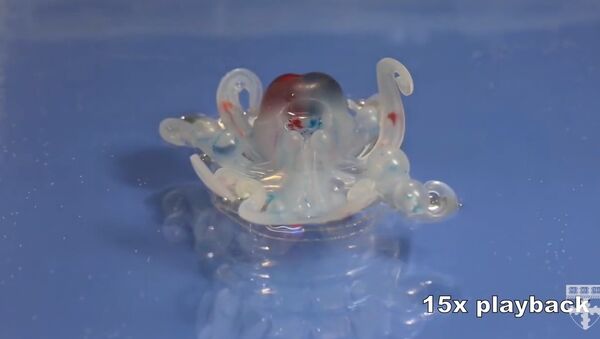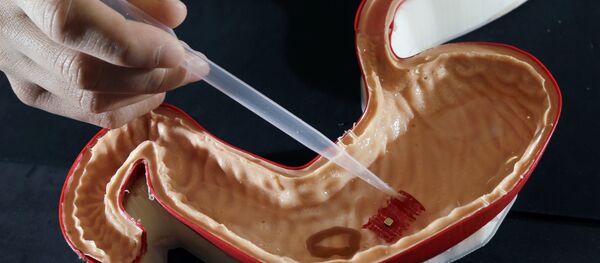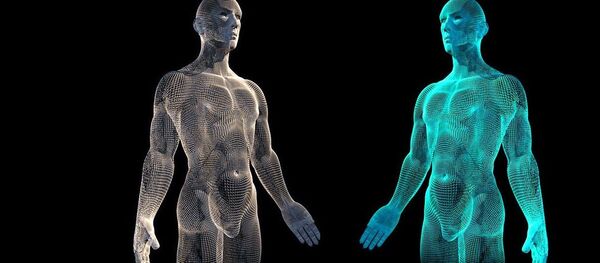Scientists at Harvard University have created the world's first completely soft robot, which doesn't contain any electronics or solid components.
Previous attempts at developing soft robots were hybrids inspired by starfish, worms, caterpillars and other living creatures. However, they still contain rigid components and a power source.
Michael Wehner, Research Associate in Materials Science and Mechanical Engineering at Harvard University's Wyss Institute, told Radio Sputnik that creating octopus-based soft robot "has been something of the holy grail" for scientists working in soft robotics since the inception of the discipline.
"Ideally down the road we could go into all kinds of places, like inside the human body, into wrecks, or handle all kinds of delicate or dangerous situations," Wehner said.
"One of our goals is to get friendly, softer robots into a human-populated area. Right now you mostly see robots in things like auto-assembly where humans aren't allowed to go where the robots are. We'd like to see this become an avenue for future interaction."
Meet the ‘octobot’, the first self-contained robot made exclusively of soft, flexible parts https://t.co/EzPlgo78nQhttps://t.co/1p6r2eeQ8Q
— Nature News&Comment (@NatureNews) 24 августа 2016 г.
The 3D-printed robot doesn't use electric power. Instead, it is powered by hydrogen peroxide, a common chemical compound which is found in toothpaste and hair dye.
"The chemical formula is H202, and that breaks down into H20 and 02, so it gives you a little bit of water and pressurized gas, with the additional benefit that all of your by-products are really benign," Wehner said.



